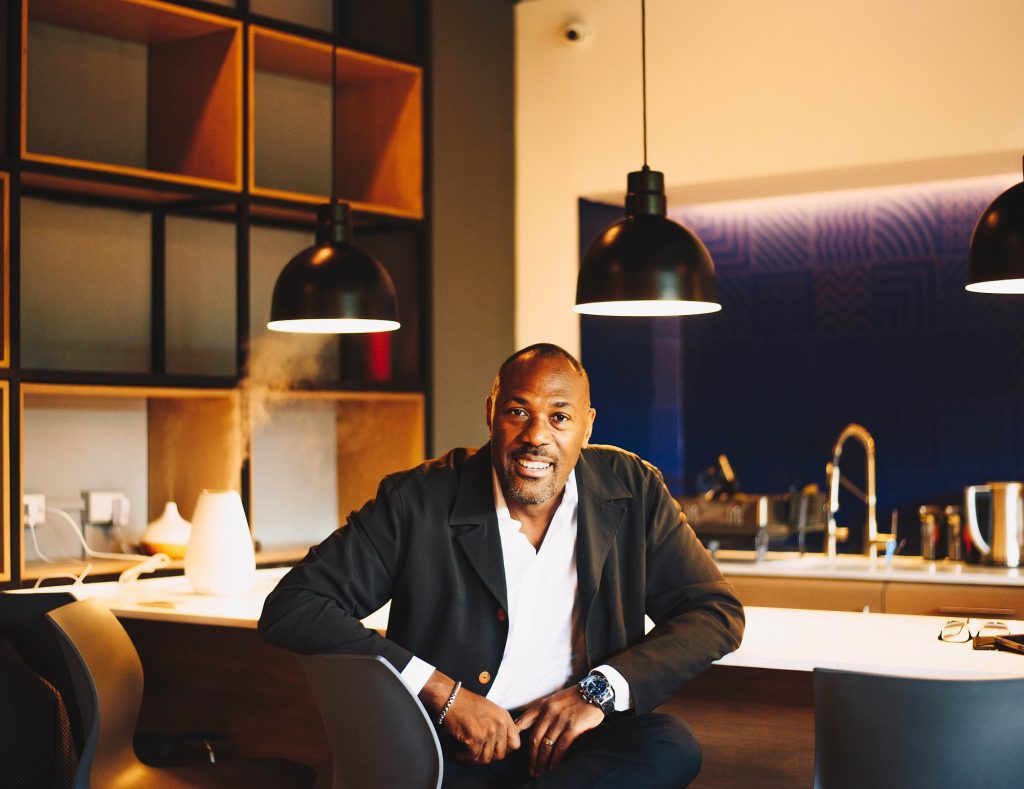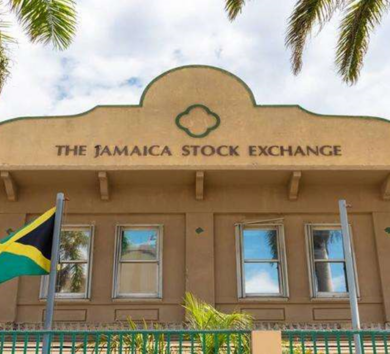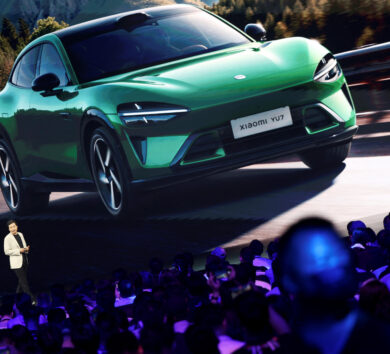

Ready TV, Jamaica’s only indigenous digital broadcaster, headed and operated by Chris Dehring, is pressing ahead with its HD digital services to the public despite the government opting to take the more expensive route with ATSC 3.0.
Both Prime Minister Andrew Holness and Dary Vaz, the minister of science, energy and technology, continue to stress the importance of Jamaicans joining the digital age and having greater access to this technology at reasonable prices.
With the COVID-19 pandemic still prevalent after a year disrupting commerce and education, the need to optimise digital services is now greater than ever.

Ready TV is charged with delivering the E-Home School, the Government’s education channel, to as many Jamaican school children as possible. In order to do so, the company must be able to employ reasonably priced technology that allows for islandwide coverage.
COVID infection numbers are again on the rise with Jamaica recording 23,838 cases with 432 deaths. The positivity rate is now around 40 per cent and the community spread is now islandwide. All the more reason to employ affordable technology capable of reaching Jamaicans across the country and helping to educate children who are now house bound.
READY TV NETWORK CAN SERVE MANY TECHNOLOGIES
Ready TV has already built a Digital Broadcast Network (DBN) which can serve multiple technologies. Bearing in mind the median income of Jamaicans, homes can utilise antennas (rabbit ears) to access Ready TV’s HD offerings. Furthermore with the Digital Switch Over (DSO) taking place next year, Jamaicans should be able to receive a signal with reasonably priced antennas which should become universal.

Rather than use Ready TV’s offering, the Broadcasting Commission of Jamaica (BCJ) has chosen to forgo affordability in favour of state-of-the-art technology, opting for the new U.S. standard, ATSC 3.0, which will cost users as much as US$3,500 to get TVs that can take this technology.
This is prohibitive with a population with an income per capita of US$5,500.
MORE PRUDENT TO USE READY TV
The fact is every single television in Jamaica will have to be changed for this expensive technology when it would be more prudent to use Ready TV’s and expedite the DSO in a seamless fashion.

There are 800,000 households in Jamaica with around 1.6 million television sets. To switch these TVs out for considerably more expensive ones at a time when the pandemic has contracted the economy, is a tough ask of most Jamaicans.
It must be borne in mind that there are no consumer set top boxes (STB) for ATSC 3.0 as yet, and to build the accommodating network will come in at a cost far in excess of the estimated US$20 million.
The DSO begins in January of next year and, to date, there is no ecosystem in place for ATSC 3.0. Granted, prices will come down eventually but the question remains how fast will this happen and should Jamaicans have to pay high prices for this American technology in the interim?
The Kingston-based BCJ contends that by choosing ATSC 3.0 for Jamaica, it will lead to greater connectivity. But it is not so much an issue of connectivity as it is of penetration. How many Jamaicans will go for this next year when there is just a two per cent take up of ATSC 3.0 in the United States right now. As it stands, there is no conclusive pricing or delivery details for that market.
“The problem is the Americans are developing what they say will be the most cutting-edge television delivery system fit for the age. There is even talk about the compatibility with 5G. It is now designed to be multi-modal so that if you are using that, you can also be online, not just terrestrial.”
Cordel Green, executive director of the Broadcasting Corporation of Jamaica
Speaking on the matter of Jamaica going the ATSC route, BCJ Executive Director Cordel Green is reported to have said: “We are very closely aligned to the United States and for television we use the American delivery. So there is a conversation about the ATSC system in the U.S.”

Green added: “The problem is the Americans are developing what they say will be the most cutting-edge television delivery system fit for the age. There is even talk about the compatibility with 5G. It is now designed to be multi-modal so that if you are using that, you can also be online, not just terrestrial.”
Jared Newman, of TechHive, writing on ATSC 3.0, had this to say: “Compatible hardware also remains expensive and scarce and even Dave Arland, a spokesman for the ATSC standards body, acknowledged via email that it’s very early days for the standard.”







Comments